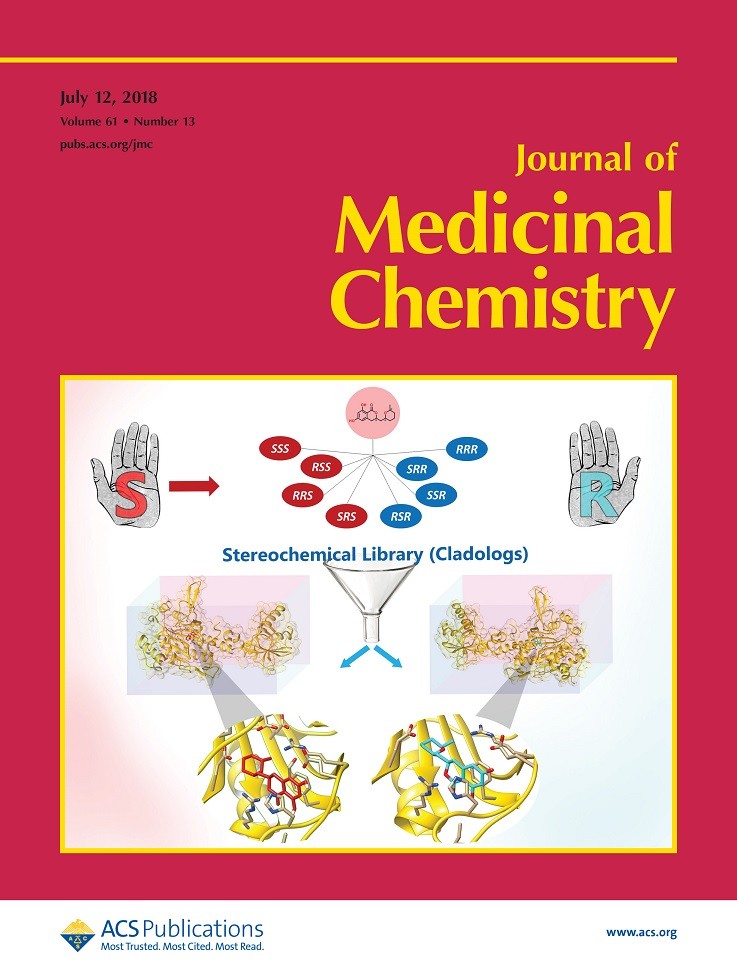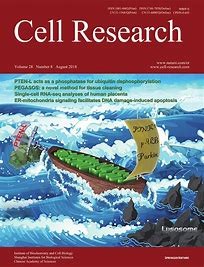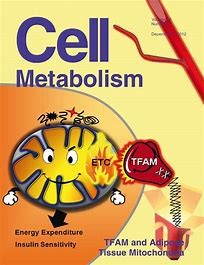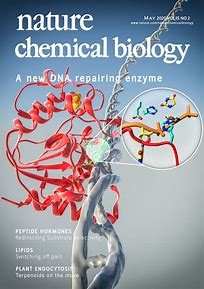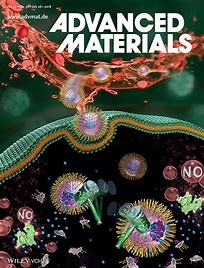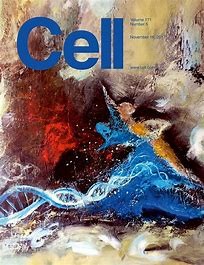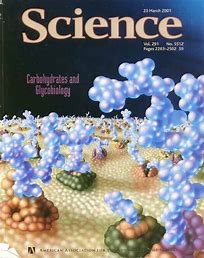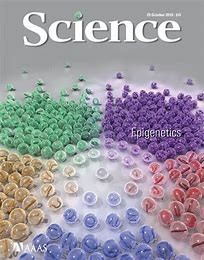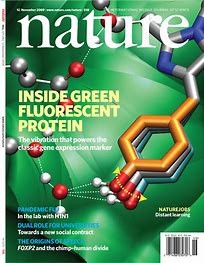This product is for research use only, not for human use. We do not sell to patients.
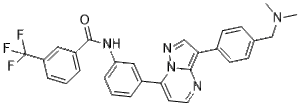
| Size | Price | Stock |
|---|---|---|
| 5mg | $250 | 3-6 Days |
| 10mg | $350 | 3-6 Days |
| 25mg | $650 | 3-6 Days |
| 50mg | $950 | 3-6 Days |
| 100mg | $1450 | 3-6 Days |
| 250mg | $2050 | 3-6 Days |
| 500mg | $2780 | 3-6 Days |
Cat #: V2975 CAS #: 950736-05-7 Purity ≥ 98%
Description: B-Raf IN 1 is a novel, potent and selective B-Raf inhibitor with IC50 of 24 nM; it is equally potent against c-Raf with IC50 of 25 nM. Moderate selectivity was observed for compound 10n versus p38a (IC50: 0.216 lM) and CAMKII (IC50: 0.822 lM), while high selectivity was observed versus CDK2, CDK4, PKCa, IKKb, JNK1, MK2, PKA, Src, MKK6, PLK1, p70S6K, PI3 Ka, and PDK1 (IC50s: >2 lM). It binds to B-Raf kinase without forming a hinge-binding hydrogen bond. With basic amine residues appended to C-3 aryl residues, cellular activity and solubility were enhanced over previously described compounds of this class.
Publications Citing InvivoChem Products
Product Promise

- Physicochemical and Storage Information
- Protocol
- Related Biological Data
- Stock Solution Preparation
- Quality Control Documentation
| Molecular Weight (MW) | 515.53 |
|---|---|
| Molecular Formula | C29H24F3N5O |
| CAS No. | 950736-05-7 |
| Storage | -20℃ for 3 years in powder form |
| -80℃ for 2 years in solvent | |
| Solubility In Vitro | DMSO: ≥ 53 mg/mL |
| Water: <1 mg/mL | |
| Ethanol: <1 mg/mL | |
| Synonyms | B-Raf-IN-1; B-Raf-IN 1; B-Raf-IN1 |
| Protocol | In Vitro | In vitro activity: B-Raf IN 1 is a novel, potent and selective B-Raf inhibitor with IC50 of 24 nM; it is equally potent against c-Raf with IC50 of 25 nM. Moderate selectivity was observed for compound 10n versus p38a (IC50: 0.216 lM) and CAMKII (IC50: 0.822 lM), while high selectivity was observed versus CDK2, CDK4, PKCa, IKKb, JNK1, MK2, PKA, Src, MKK6, PLK1, p70S6K, PI3 Ka, and PDK1 (IC50s: >2 lM). It binds to B-Raf kinase without forming a hinge-binding hydrogen bond. With basic amine residues appended to C-3 aryl residues, cellular activity and solubility were enhanced over previously described compounds of this class. Kinase Assay: B-Raf IN 1 is a novel, potent and selective B-Raf inhibitor with IC50 of 24 nM; it is equally potent against c-Raf with IC50 of 25 nM. Moderate selectivity was observed for compound 10n versus p38a (IC50: 0.216 lM) and CAMKII (IC50: 0.822 lM), while high selectivity was observed versus CDK2, CDK4, PKCa, IKKb, JNK1, MK2, PKA, Src, MKK6, PLK1, p70S6K, PI3 Ka, and PDK1 (IC50s: >2 lM). It binds to B-Raf kinase without forming a hinge-binding hydrogen bond. With basic amine residues appended to C-3 aryl residues, cellular activity and solubility were enhanced over previously described compounds of this class. Cell Assay: |
|---|
| Solvent volume to be added | Mass (the weight of a compound) | |||
|---|---|---|---|---|
| Mother liquor concentration | 1mg | 5mg | 10mg | 20mg |
| 1mM | 1.9398 mL | 9.6988 mL | 19.3975 mL | 38.7950 mL |
| 5mM | 0.3880 mL | 1.9398 mL | 3.8795 mL | 7.7590 mL |
| 10mM | 0.1940 mL | 0.9699 mL | 1.9398 mL | 3.8795 mL |
| 20mM | 0.0970 mL | 0.4849 mL | 0.9699 mL | 1.9398 mL |
This equation is commonly abbreviated as: C1 V1 = C2 V2
- (1) Please be sure that the solution is clear before the addition of next solvent. Dissolution methods like vortex, ultrasound or warming and heat may be used to aid dissolving.
- (2) Be sure to add the solvent(s) in order.

